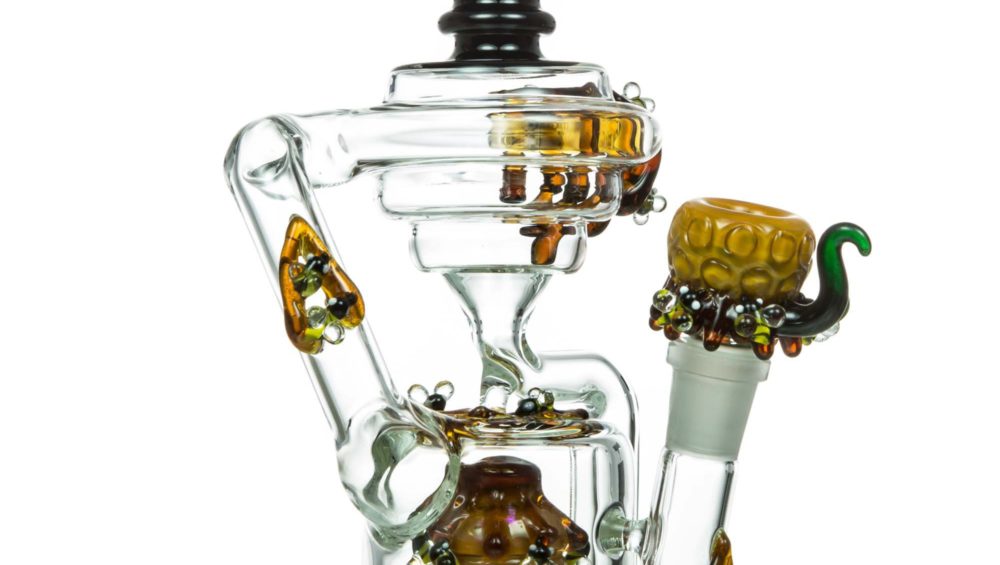Cannabidiol, also known as CBD, has been one of the hottest trends in the medical industry for many years. After all, many people hold CBD products in high regard due to their supposed health benefits. One particular example is better to sleep. And, among the many benefits associated with CBD, it’s one of the most plausible claims that currently exists, and for several reasons.
For one, numerous studies concerning substances point to the direction that CBD may promote better sleep. Not to mention there are already consumers testifying to the validity of this claim.
But of course, if you plan on using CBD for the sole purpose of improving your sleep, you need to get a better grasp of this subject. On that note, here are seven ways CBD can lead to better sleep:
- Cannabinoids May Aggravate The Feeling Of Calmness
It’s a well-known fact that anxiety can impair an individual’s ability to sleep. In fact, lack of sleep and anxiety goes hand in hand; anxiety can cause one to lose sleep, while the lack of sleep can lead to anxiety. For that reason, if you can successfully deal with stress, you’re essentially making it easier to resolve or at least cope with any sleep disorders, such as insomnia.
That’s why cannabinoids (a group of chemical compounds found in the hemp plant), which are believed to aggravate the feeling of calmness, can presumably help one to improve their sleep quality. Take note that not all cannabinoids have the potential to improve one’s sleep. So far, only a few have that property, including cannabidiol (CBD) and cannabigerol (CBG). If you’re interested in CBG, you should be able to find more information if you check this article.
- Cannabidiol May Improve Muscle Relaxation
Apart from the mental feeling of relaxation or calmness, muscle relaxation is another way to improve sleep. But unlike calmness, there are only a handful of ways to achieve muscle relaxation. Thankfully, one of those ways is CBD consumption. So, how does CBD allow you to achieve a state of muscle relaxation?
Research shows that CBD might be able to impede the release of a specific neurotransmitter that causes muscle rigidity and spasms, which are the two main factors that prevent relaxation. By preventing these two occurrences, you can maximize the possibility of achieving muscle relaxation, at least until you can sleep. Still, further research is needed on this subject. But if this claim is valid, CBD would be an excellent muscle relaxant for whatever purpose you may have.
- Minimizes Or Relieves Pain
Pain is yet another reason why people tend to lose sleep. After all, no one wants to sleep with their body aching in all the wrong parts. But that’d also mean that if you can reduce pain, you should be able to get better sleep, which is one of the specialties of CBD.
If you’re keeping up with medical news, you should know that CBD is well-known for its supposed pain relief benefits. Of course, more research is needed to confirm this claim. But if it’s true, then even without its other benefits, its pain relief effects alone should be sufficient in promoting better sleep.
- CBD Might Be Able To Treat Unpleasant Conditions Temporarily
Aside from pain, there are other conditions that can cause one to have poor sleep or lose their sleep entirely. For example, it becomes more difficult to fall asleep if you have the flu or catch a cold. The same is also true when you’re suffering from headaches, migraines, and other unpleasant illnesses. This is where CBD comes to the rescue.
One of the many reasons why people buy CBD products is because of its supposed therapeutic effects on specific health conditions, such as:
- Alzheimer’s disease
- Epilepsy
- High blood pressure
- Multiple sclerosis
- Psychosis
- Nausea
- CBD Binds And Activates The TRPV1 Receptors
Cannabinoids affect the body by binding to receptors found in different parts of your system. CBD, in particular, binds to and activates the TRPV1 receptors, which are found in your brain.
TRPV1 receptors have several roles in a person’s body, including the role of helping with your system’s anandamide production. Anandamide is one of the compounds that supposedly affect one’s sleep, according to a particular study. In summary, CBD consumption activates the TRPV1 receptors in your body, which, in turn, improves anandamide production, thereby improving sleep. Take note that CBD’s interaction with TRPV1 receptors still requires further research.
- CBD Can Potentially Boost Melatonin Production
Melatonin is a hormone that comes from your pineal glands, and it’s produced during the night to make you sleepy. In short, it plays a vital role in your sleep cycle. That’s why most sleep aids contain melatonin as their active ingredient. But what does this have to do with CBD?
According to multiple research studies, CBD works synergistically with melatonin hormones in the body. This is yet another reason why the substance might be able to promote better sleep.
- Cortisol Production May Slow Down Upon The Ingestion Of CBD
Cortisol is similar to melatonin for the reason that it’s also a hormone produced by the adrenal glands. However, unlike melatonin, cortisol mainly affects the amount of stress you feel, which would explain why it’s referred to as the body’s primary stress hormone. Apart from its influence on your stress levels, it also increases your blood sugar and enhances brain activity.
You can say that cortisol is the exact opposite of melatonin as it makes your body more active, which means you’ll stay awake for longer, although it doesn’t necessarily mean it’s a bad thing.
But just like how CBD is presumed to work well with melatonin hormones, there are also claims that the substance can inhibit the production of cortisol. A 2020 study shows that cortisol levels of participants who’ve ingested CBD oil are considerably lower than those who didn’t. This result indicates that CBD might be able to act as a sedative by temporarily lowering cortisol levels.
Wrapping Up
While it’s true that cannabidiol is known for its positive impact on one’s sleep cycle, you must remember that it’s not the only way to improve your sleep. Rather than using CBD consumption as a stand-alone remedy, you should use it in conjunction with other techniques instead. By doing so, you can maximize the effects of the CBD product.












